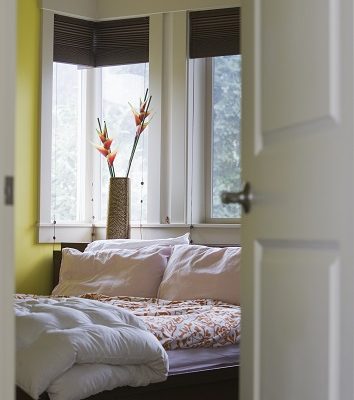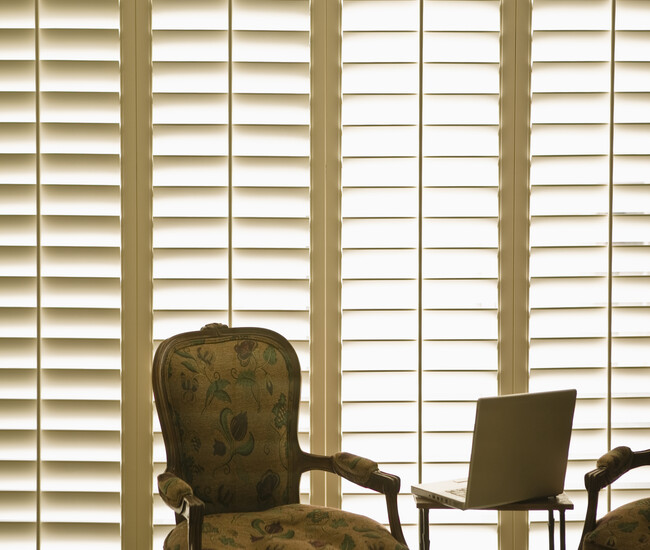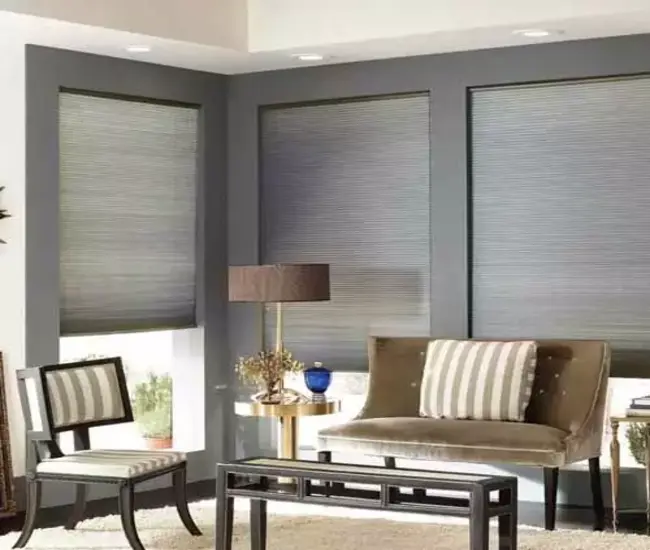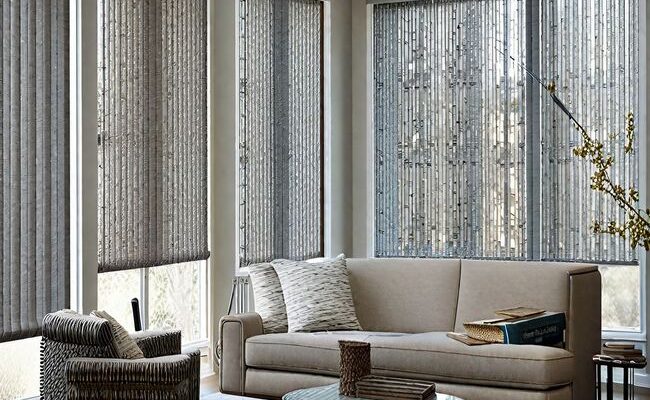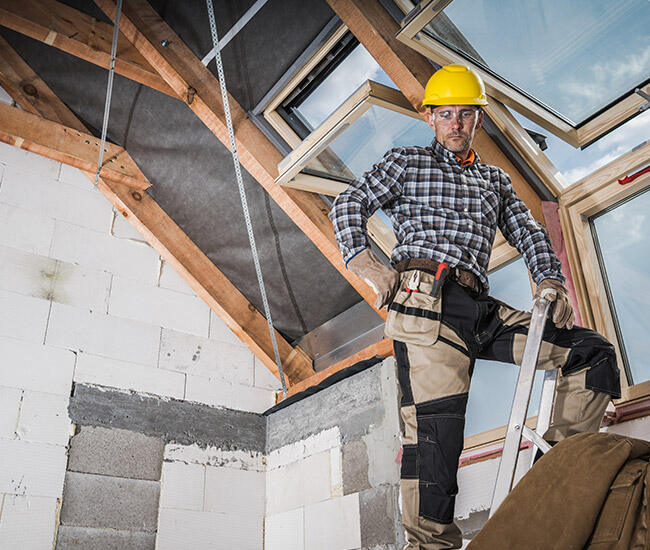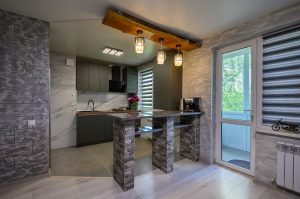Installing custom blinds is one of the simplest ways to bring style and sophistication to your home. Not only do they offer a sleek look and added privacy, but custom blinds also provide you with greater control over the amount of light entering your space, saving you energy and money in the long run. With a variety of options for operation, materials, colors, and textures available, it’s easy to find a design that enhances the beauty of any room.
When choosing to install custom blinds, there are several key factors to consider. First, assess your current window structure and size to determine which type of window treatment would be best suited for your windows. Some window treatments may require additional hardware or installation components. Second, study the different styles available so you can select a design that matches your unique aesthetic tastes. Third and most importantly, make sure you have the necessary tools for proper installation; this could range from drill bits for mounting hardware or a ladder for high windows.
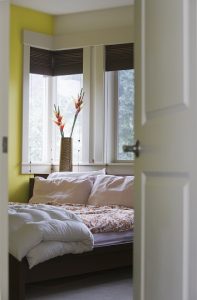
The benefits associated with installing custom blinds go beyond aesthetics; by controlling sunlight levels indoors you can reduce fading of furniture or carpets due to UV exposure and help regulate temperatures throughout the day by trapping air inside during cold months and blocking hot sun rays during warmer seasons. Additionally, selecting cordless blinds is an excellent safety measure if you have children in the home as they eliminate strangulation risks posed by exposed cords.
No matter what type of decorating vision you’re hoping to achieve in your home; installing custom blinds provides both form and function – enhancing any room while helping save energy costs in the long run!
Key Takeaways:
– Assess current window structure and size to determine which type of window treatment will work best.
– Research different styles of custom blinds to find the right aesthetic for your space.
– Make sure you have the necessary tools for installation, such as drill bits and a ladder.
– Installing custom blinds adds style and privacy while helping regulate temperatures and save energy costs.
– Selecting cordless blinds is a great safety measure for homes with children.
Measuring for the Window
Taking accurate measurements for your window is an essential step in selecting the right window treatment for your home. It’s important to take into consideration the size, shape, and any obstructions that may prevent a standard solution from fitting your space. With the proper tools and resources, measuring your window doesn’t have to be complex or overwhelming.
The most important tool you need when measuring your window is a metal tape measure. This will help you accurately determine the width and length of your window opening so you can select a window treatment that fits properly. Be sure to measure in multiple places as it’s not uncommon for windows to be slightly off-centered or unevenly sized.
In addition to the tape measure, it’s also helpful to have a leveler, pencil, paper, and/or note-taking device handy so you can mark down any measurements you take while ensuring they are level with each other. It’s best practice to double-check all of your measurements before starting installation as improper sizes can lead to longer installation times and potential return fees if incorrect parts are ordered.
Once measurements have been taken, it’s time to consider what type of material would best suit your needs. Common materials used for custom blinds include wood, aluminum, faux wood, vinyl, or fabric. Consider factors such as room temperature regulation, energy efficiency, and how well each material stands up against fading due to UV light exposure when making a decision on which option is best for you and your home.
Measuring for windows doesn’t have to be stressful or complicated; with the right tools and resources at hand, you can easily take accurate measurements for any sized window!
Choosing the Right Style
Choosing the right style of cheap blinds for your home can be a daunting task. With so many options available, from motorized or manual operation to cordless options, it can be difficult to decide which type best fits your needs. Depending on the size and shape of your window, there are a few key considerations to keep in mind when selecting the perfect option for you.
The first thing to consider is whether you’d prefer manual or motorized operations for your custom blinds. Motorized controlled blinds are becoming more popular due to their convenience and energy efficiency. They are usually operated with remote control or wall switch and provide precise levels of light control as well as temperature regulation. Manual operation still provides great style and ease of use, however, they require manual adjustment each time they’re used.
Along with choosing between manual and motorized operation, cordless blinds are also gaining in popularity due to their stylish appearance as well as additional safety benefits for homes with children or pets. Cordless options help prevent entanglement-related injuries (such as strangulation) that may occur with traditional pull cords found on other styles of fabric shades and roller shades.
When it comes to selecting the right style for window treatments in your home, carefully assess the current window structure and size to determine which type of window treatment will work best for your space. Research different styles of custom blinds including motorized versus manual operation and cordless options to find the perfect fit for both aesthetics and functionality in your home.
Installing the Blinds
Installing custom blinds to your windows is not as overwhelming or daunting as it may seem. To help make the process easier, here are a few key steps to keep in mind when installing your blinds.
The first step is to make sure that you have all the necessary mounting hardware, tools, and any additional parts required for installation. It’s important to double-check that you have the right type of mounting hardware for the size and shape of your window as well as any fabrics or accessories specified for usage with your specific window treatment.
Next, begin installing the mounting brackets by drilling holes into either side of the window frame at the desired height. After ensuring that the screw holes align with each other and are level, attach each bracket to its respective side using an appropriate fitting drill bit and screws. Do this for both sides of your window frame making sure they are equidistant from each other before moving on to attaching fabric or components.
If you’re attaching fabric, carefully place each fabric panel into its corresponding bracket on either side of the window before sliding up or down until it locks into place. Depending on how large or small your windows are, it may be beneficial to ask someone to help hold each piece together while securing them together with screws if required by manufacturer instructions. Finally, finish up by adjusting any tension cords or cords used for manual operation (if applicable).
Installing custom blinds doesn’t have to be a complicated process; with proper preparation and planning, it can become a simple task. Just remember before beginning installation makes sure you have all the required parts and tools necessary for installation success!
Conclusion
Installing custom blinds can be a straightforward process, but it’s important to keep in mind certain factors and considerations that will ensure the installation goes smoothly. Before starting the installation, make sure you have all the necessary parts and tools as well as a clear understanding of the instructions. Additionally, setting a realistic budget is important; this will help prevent any last-minute surprises when it comes down to purchasing materials and supplies needed for your project.
When beginning the installation process, assess the window measurements and determine which type of mounting hardware is best suited for your window size. From here you can begin using appropriate tools for attaching brackets for both sides of the window accordingly before moving on to fabric or component attaching. It may also be helpful to recruit someone to lend an extra hand when attaching fabric or components depending on how big or small your windows are. Lastly, finish up by adjusting tension cords (if applicable).
By following these steps and making sure that all necessary pieces come together properly before starting to install, you can successfully install custom blinds with ease!

